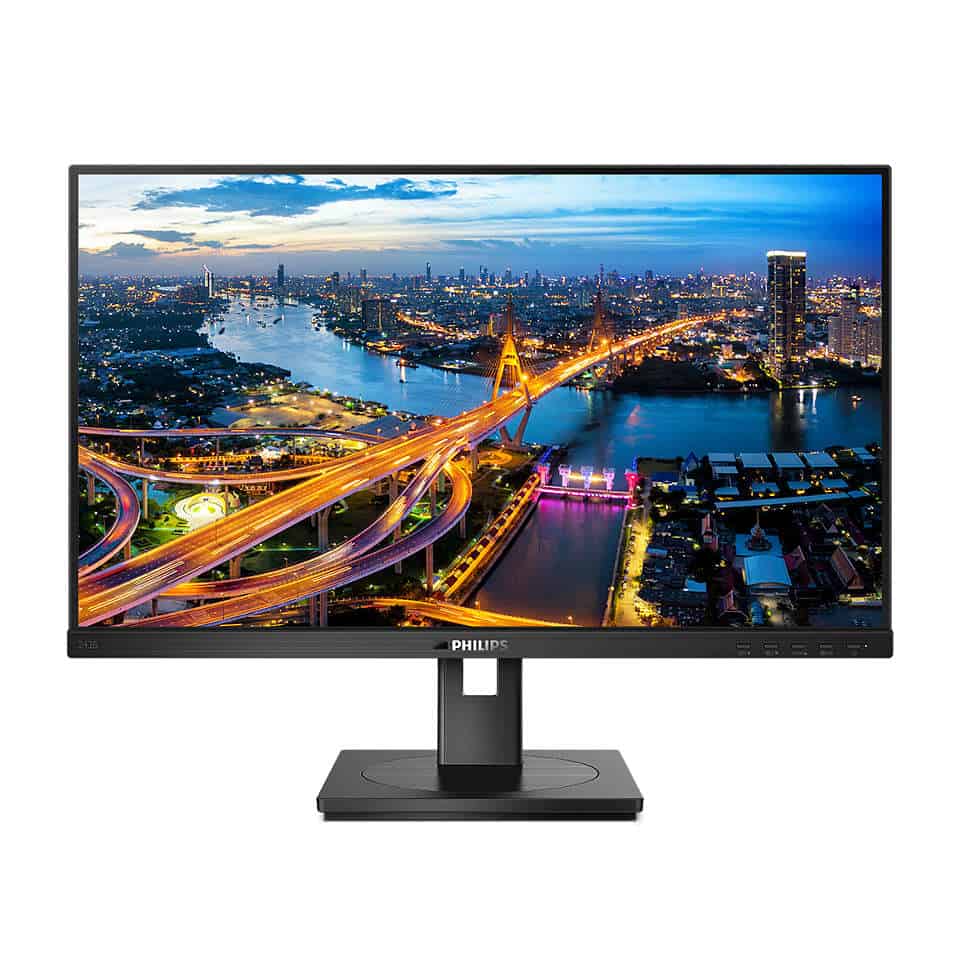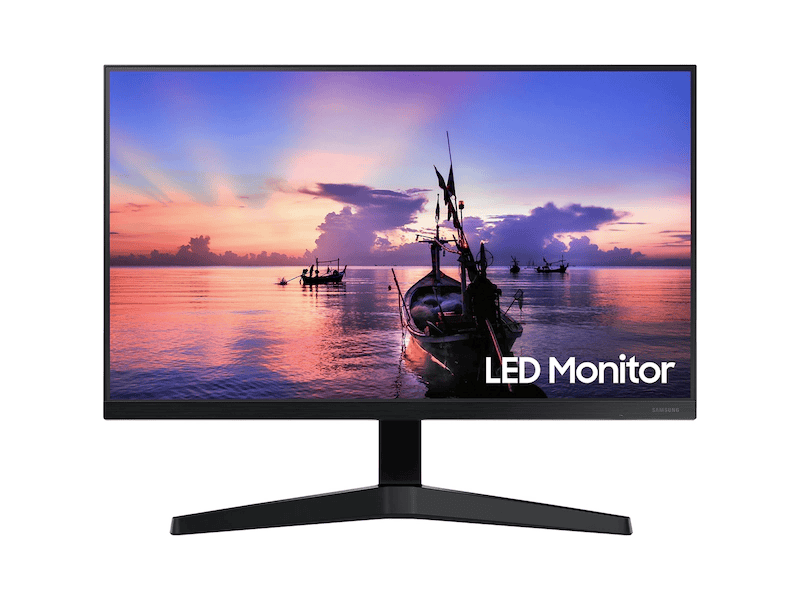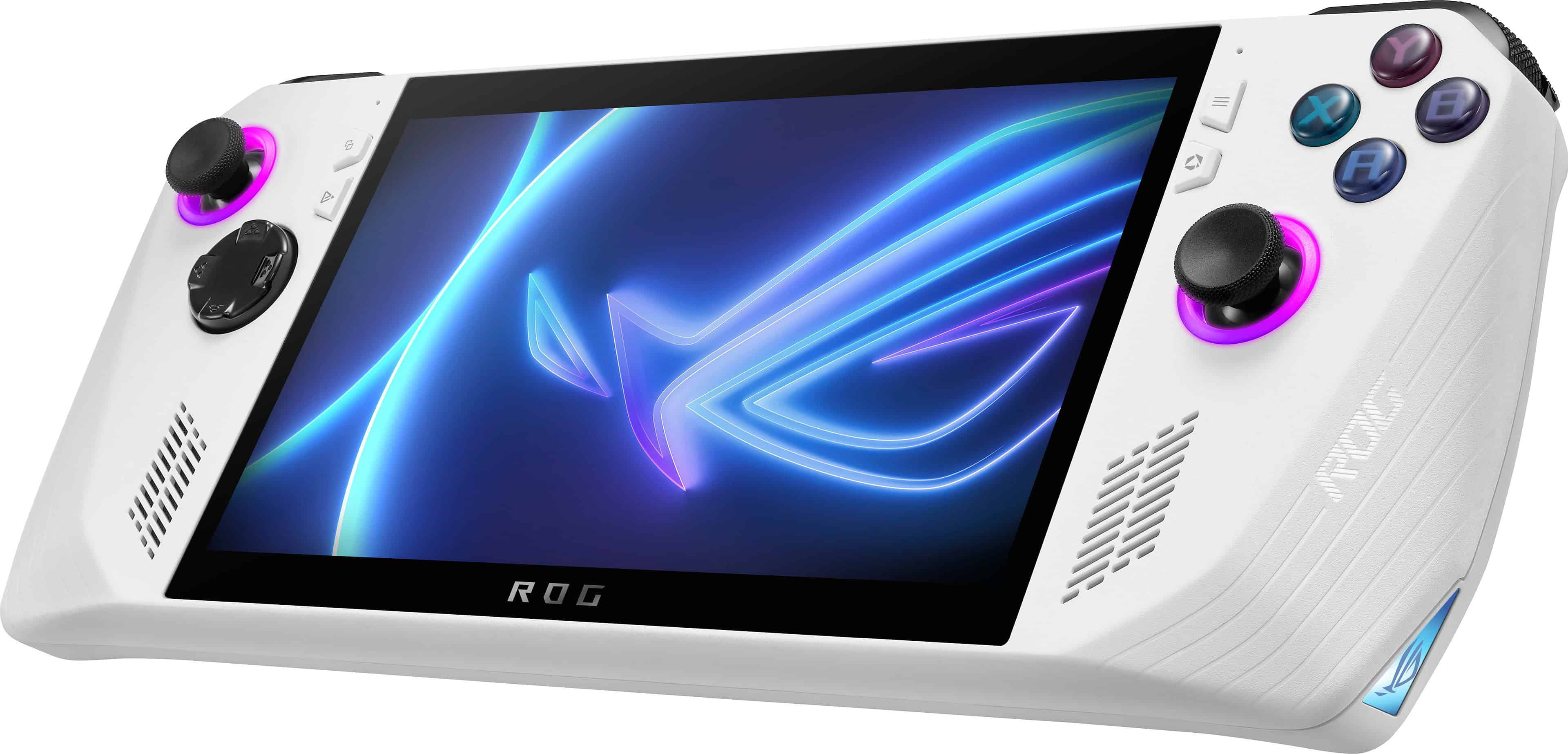LED and LCD displays are two popular screen technologies used in modern devices. Both offer crisp visuals, but they have key differences in how they produce images. LED displays use light-emitting diodes for backlighting, while LCD screens rely on liquid crystals and fluorescent lights.
LED screens typically provide better picture quality with deeper blacks and higher contrast ratios. They also tend to be more energy-efficient and slimmer than their LCD counterparts. LCD displays, while still capable of good image quality, may struggle to produce true blacks and consume more power.
The choice between LED and LCD often comes down to specific needs and budget. LED screens generally offer superior performance but at a higher cost. LCD displays remain a solid, cost-effective option for many users who don’t require top-tier image quality.

Understanding the Difference Between LED and LCD
LED and LCD are two of the most common display technologies used in TVs and computer monitors. While the terms are often used interchangeably, there’s a key difference between them. Let’s break it down.
LCD: The Liquid Crystal Foundation

LCD stands for Liquid Crystal Display. LCD panels use liquid crystals sandwiched between two polarized glass panels. These liquid crystals don’t produce their own light. They need a backlight to illuminate the image. Think of it like a window with tiny shutters that can block or allow light to pass through.
LED: The Backlight Evolution

This is where the “LED” part comes in. LED stands for Light-Emitting Diode. In modern LCD displays, LEDs are used as the backlight. This is why you often see these displays referred to as “LED TVs” or “LED monitors.” Essentially, all LED displays are a type of LCD display.
Types of LED Backlights
There are two main types of LED backlights:
- Edge-lit: LEDs are placed around the edges of the screen. This allows for slimmer displays but can sometimes result in uneven backlighting.
- Full-array/Direct-lit: LEDs are placed behind the entire screen. This allows for more precise backlighting control and better contrast, but it can make the display thicker.
Advantages of LED Backlights
Using LEDs as the backlight offers several advantages over older LCD technologies that used fluorescent backlights (CCFL):
- Energy efficiency: LEDs consume less power.
- Improved color accuracy: LEDs can produce a wider range of colors.
- Better contrast: LED backlights can be dimmed or brightened in specific zones (in full-array models), leading to deeper blacks and brighter whites.
- Longer lifespan: LEDs last longer than fluorescent lamps.
What About “True LEDs?”
Technologies like OLED (Organic Light-Emitting Diode) and Mini-LED are sometimes referred to as “true LED” displays. This is because each pixel in these displays emits its own light, unlike traditional LCDs that rely on a separate backlight. This allows for incredible contrast and black levels, as pixels can be completely turned off when needed.
Here’s a table summarizing the key differences:
| Feature | LCD with LED backlight | “True LED” (OLED, Mini-LED) |
|---|---|---|
| Light source | Backlight (LEDs) | Each pixel emits its own light |
| Black levels | Limited by backlight bleed | Perfect black levels (pixels can turn off completely) |
| Contrast | Good, especially with full-array backlighting | Excellent |
| Viewing angles | Generally good | Excellent |
| Response time | Can vary | Very fast |
| Power consumption | Generally lower than older LCDs | Can be higher or lower depending on content |
| Lifespan | Long | Potentially shorter than LCD (especially OLED) |
| Price | More affordable | More expensive |
Key Takeaways
- LED displays use diodes for backlighting, while LCDs use fluorescent lights
- LED screens typically offer better picture quality and energy efficiency
- The choice between LED and LCD depends on specific needs and budget constraints
Fundamentals of LED and LCD Displays
Ever wondered about the difference between LED and LCD displays? The terms are often used interchangeably, which can be confusing. In reality, most TVs and monitors marketed as “LED” are actually LCD displays with LED backlights. This article will clarify the distinction between LED and LCD, explore the different types of LED backlights, and touch upon newer “true LED” technologies like OLED and Mini-LED. We’ll help you understand the key differences and make informed decisions when choosing your next display.
LED and LCD displays use different technologies to produce images. These technologies affect picture quality, power consumption, and overall performance.
Display Technology and Light Source
LCD stands for Liquid Crystal Display. It uses liquid crystals to control light passage. LCDs need a backlight to produce images. Traditionally, LCDs used Cold Cathode Fluorescent Lamps (CCFLs) for backlighting.
LED stands for Light Emitting Diode. LED displays come in two main types:
- LED-backlit LCDs: These use LEDs to light up the LCD panel.
- OLED (Organic LED): Each pixel is a tiny LED that produces its own light.
LED-backlit LCDs offer better energy efficiency and thinner designs compared to CCFL-lit LCDs. OLED displays provide superior contrast and deeper blacks.
LED vs. LCD: Core Differences
The main difference between LED and LCD lies in their light sources and image production methods.
LCD technology:
- Uses liquid crystals to block or allow light
- Requires a separate backlight
- Offers good color accuracy and wide viewing angles
LED technology:
- Uses light-emitting diodes for illumination
- Can be used as backlights for LCDs or as individual pixels (OLED)
- Provides better contrast, brightness, and energy efficiency
OLED displays offer the best picture quality with perfect blacks and infinite contrast ratios. However, they are more expensive than LED-backlit LCDs.
LED-backlit LCDs strike a balance between performance and cost. They deliver improved picture quality over traditional LCDs while remaining more affordable than OLEDs.







